Although the iPhone is dominant in specific areas of the US smartphone market, it still trails behind Android in terms of overall usage.
Earlier statistics indicated that the iPhone is the preferred smartphone among teenagers, as 87% of teens currently have one, and 88% anticipate it will be their following phone selection, according to a report from April. Nonetheless, the latest study by Consumer Intelligence Research Partners (CIRP) shows that Apple's position in the US smartphone market has stayed consistent overall, maintaining its spot as the second most popular choice.
Over the last ten years, there has been a growing trend of Android users moving to iPhones, according to a report from May. However, statistics for "iOS versus Android" have another layer because only the iPhone can run iOS, as opposed to Google opening up Android to run on smartphones from numerous companies.
Specifically, as of the annual period ending in September 2023, iOS accounted for 39% of smartphone sales. That challenges the popular narrative of iPhone dominance and offers a more balanced view of Apple's standing in the competitive landscape.
Apple's market share hasn't been static, it has seen fluctuations over the years. According to the report, the iPhone's market share has oscillated within a relatively narrow range — between 37% and 46% — over the past five years. Interestingly, iOS experienced its highest market share at the onset of the COVID-19 pandemic.
However, that peak was followed by a gradual decline over the subsequent two years. The slight uptick to 39% in the year ending September 2023 suggests a reversal of this downward trend.
Several factors have contributed to these market share trends. In the early years of the smartphone era, Apple gained market share as it expanded its carrier partnerships beyond its initial exclusive agreement with AT&T.
Additionally, the exit of competitors like Blackberry and Windows phones from the market helped solidify the iOS-Android duopoly in the US. But while the market shares of both platforms have been relatively consistent since then, Apple has been more successful in persuading Android users to switch to iPhones.
 Andrew Orr
Andrew Orr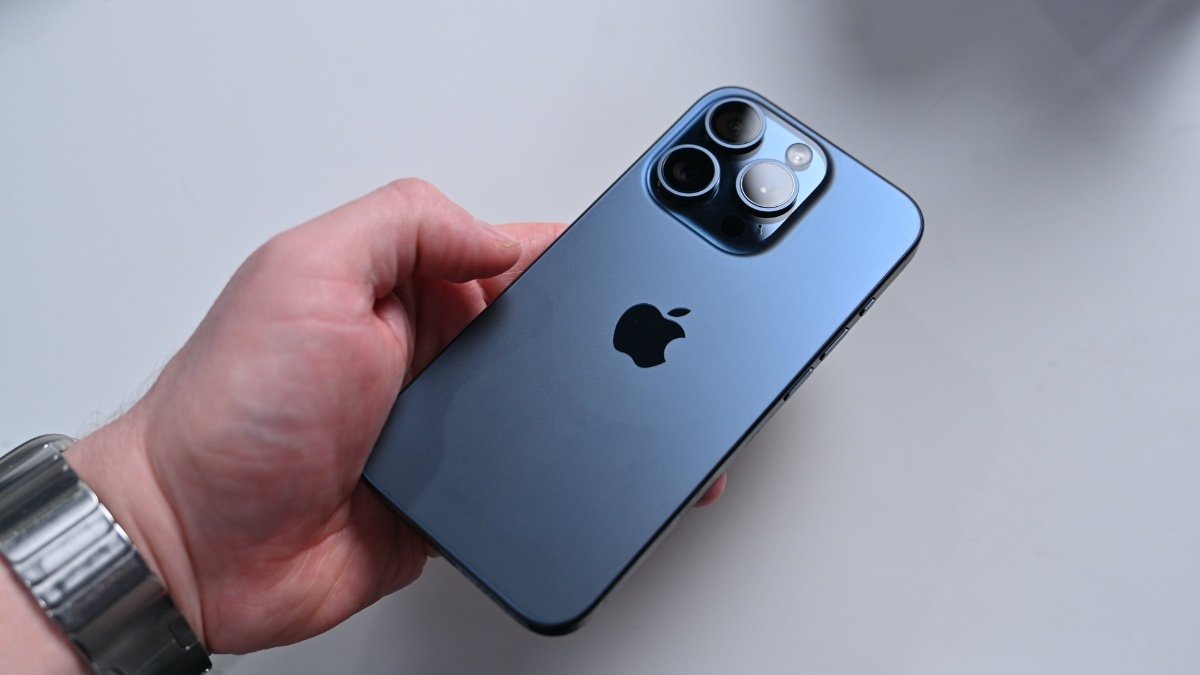
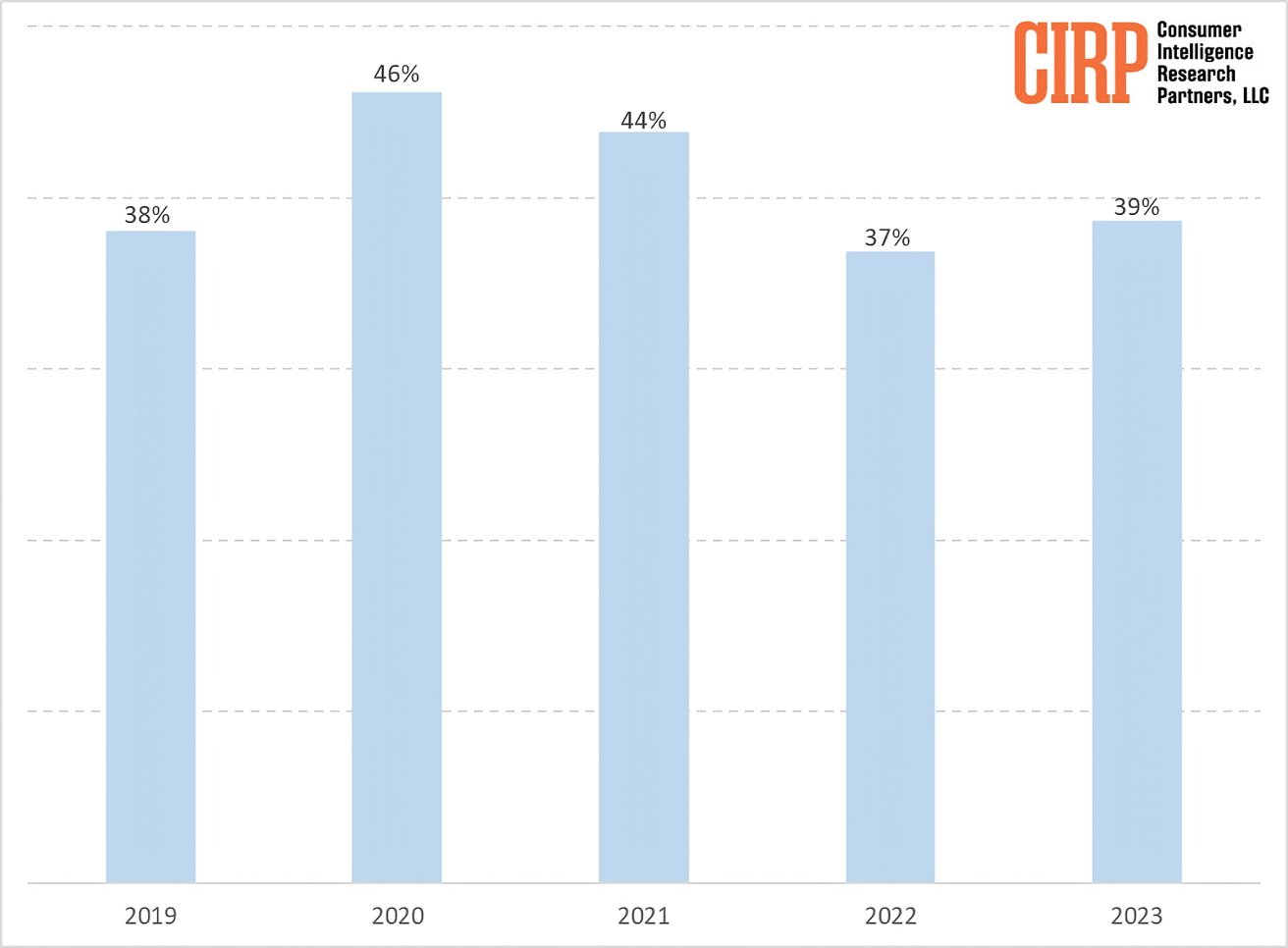







-m.jpg)





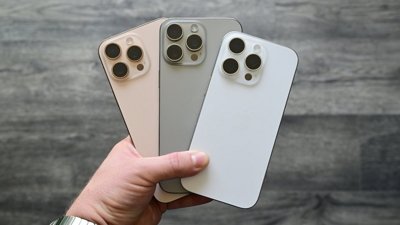
 Charles Martin
Charles Martin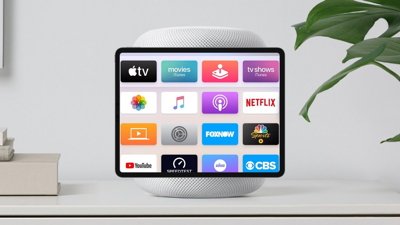
 Wesley Hilliard
Wesley Hilliard
 Stephen Silver
Stephen Silver
 William Gallagher
William Gallagher

 Marko Zivkovic
Marko Zivkovic

 Amber Neely
Amber Neely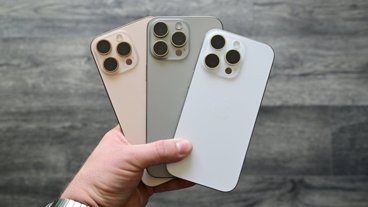








15 Comments
One would suspect that some of the fluctuations occur during a notable release, such as the iPhone X, or during an unusual event.
Afterall most keep their iPhones for 3-5 years now. I’m guessing the cheaper Android handsets that make up the bulk of their sales get exchanged far quicker on average.
When you look at market share, you should break out the numbers by family income.
Yeah, I'm not buying that CIRP metric, since there are many other sources that state that iPhone U.S. user base is larger than Android OS user base.
https://www.oberlo.com/statistics/us-smartphone-market-share
But sure, Android OS smartphone sales are greater than iPhone sales in the U.S., maybe.
What does that tell me? Well, it says to me that iPhone users actually hold on to their phones longer and are likely passing their older phones down to other users.
https://www.nytimes.com/2023/09/11/technology/apple-iphone-17.html#:~:text=In%20the%20United%20States%2C%20the,of%2013%20percent%20in%202019.
Well, in lots of our groups ie fraternity most of them do have iphones, 1 in 8 probably have iphones compared w android. My observations alone.
Thankfully we do not worship at the Church of Market Share